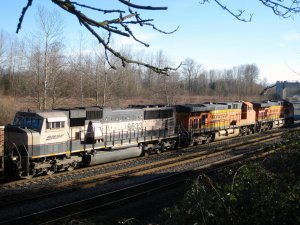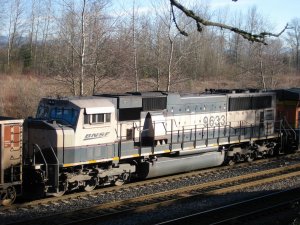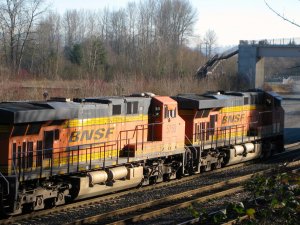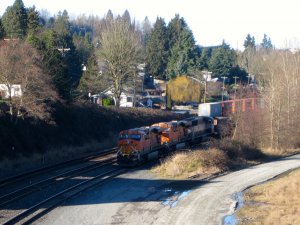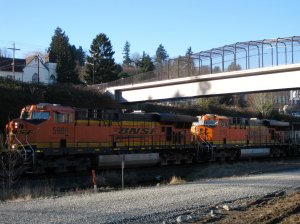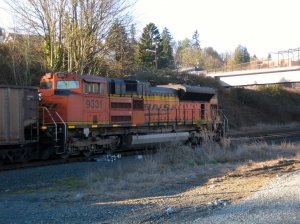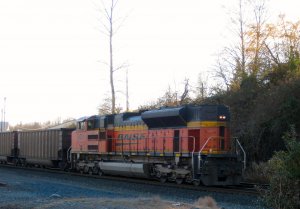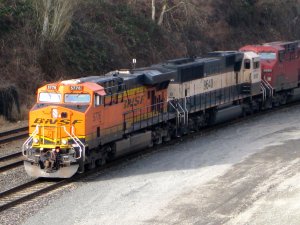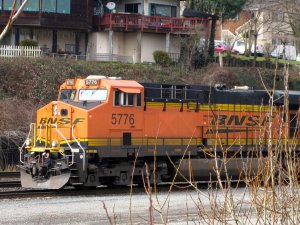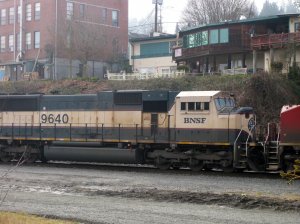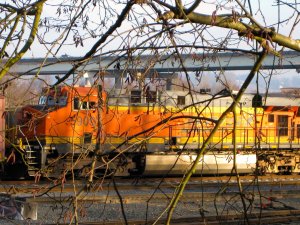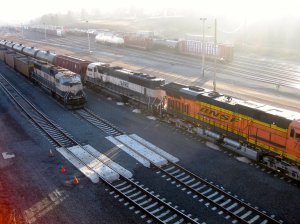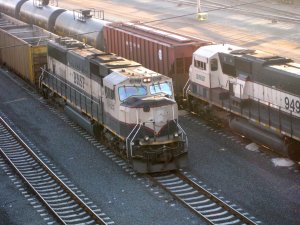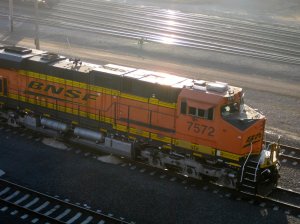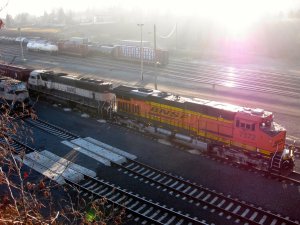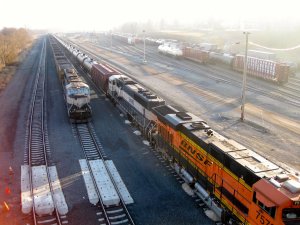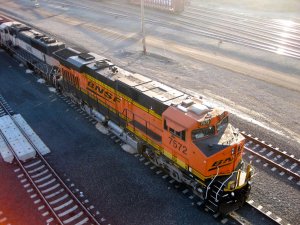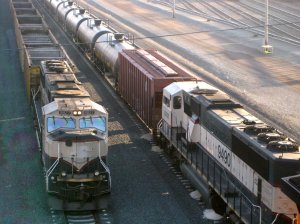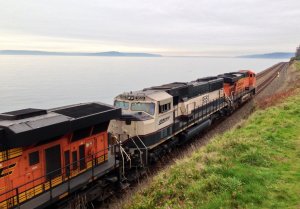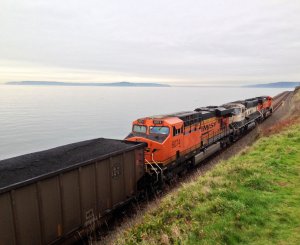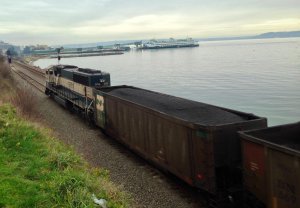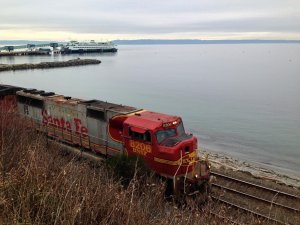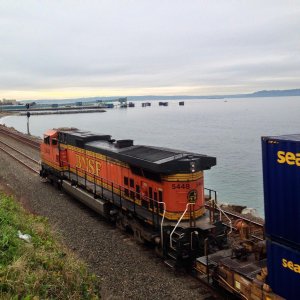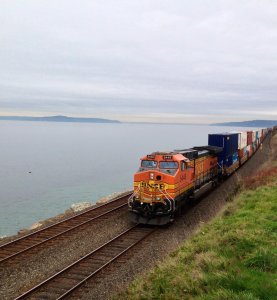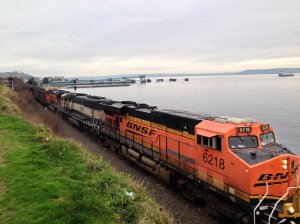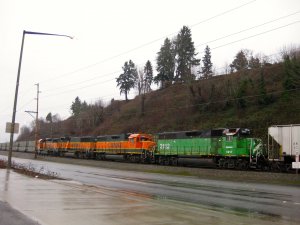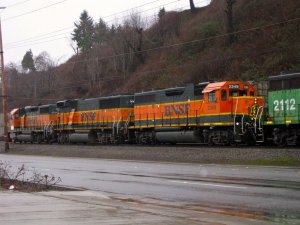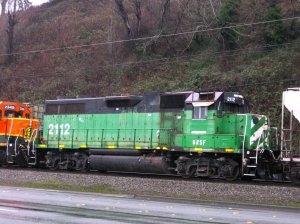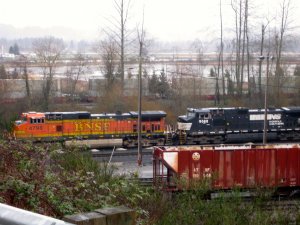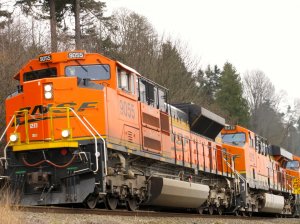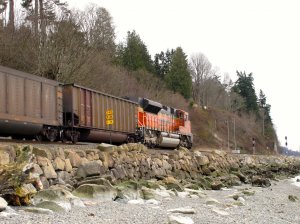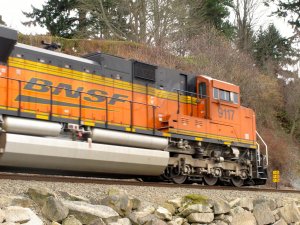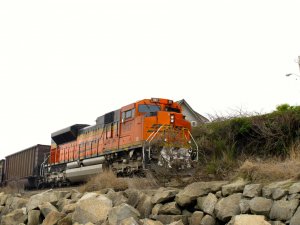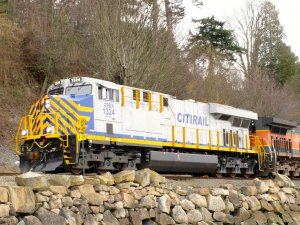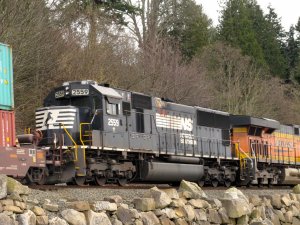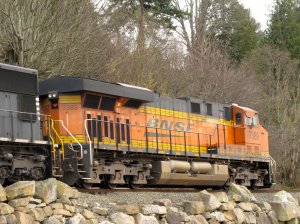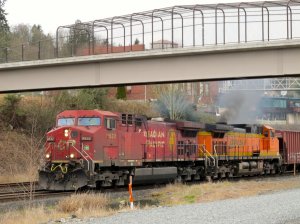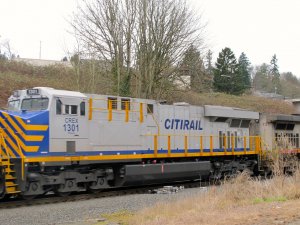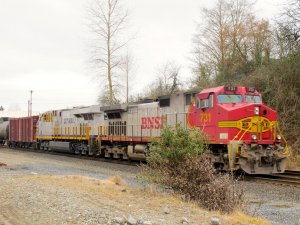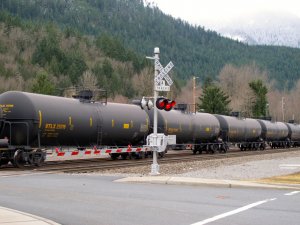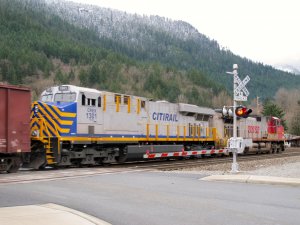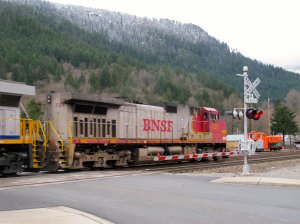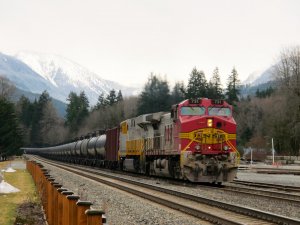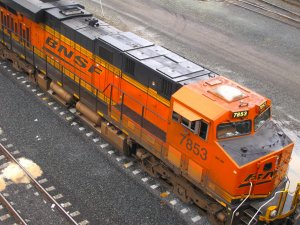coopers
New Member
Hi everyone,
New to the forum. I have loved trains my whole life but just now taking the time to really understand them and watch them/photograph them. I don't have any fancy camera so excuse the quality. One thing I'm reading up on are the signals and their meaning. I'm still confused (maybe because I haven't gotten to that part of the text) on the meaning of two signal heads on one pole. Is is strictly to give them the ability to run a yellow over read for it's appropriate meaning for example or does the top signal designate what the operator needs to know about one track and the bottom is for another track?
I get confused when reading text and looking over the BNSF railway signal aspects and indications manual because their example signals look like search light signals to me which I have yet to see in my area (Marysville) so I am having trouble relating those diagrams to our typical "darth vader" signals we have now-a-days since (for example, in the SOP it shows a diverging clear signal has multiple possibilities but all are consisted with green being middle or bottom when the darth vader lights only have green on top of signal head. Anyways...help would be appreciated to clear this up.
Here are some pics. These are from Lowell in Everett.
New to the forum. I have loved trains my whole life but just now taking the time to really understand them and watch them/photograph them. I don't have any fancy camera so excuse the quality. One thing I'm reading up on are the signals and their meaning. I'm still confused (maybe because I haven't gotten to that part of the text) on the meaning of two signal heads on one pole. Is is strictly to give them the ability to run a yellow over read for it's appropriate meaning for example or does the top signal designate what the operator needs to know about one track and the bottom is for another track?
I get confused when reading text and looking over the BNSF railway signal aspects and indications manual because their example signals look like search light signals to me which I have yet to see in my area (Marysville) so I am having trouble relating those diagrams to our typical "darth vader" signals we have now-a-days since (for example, in the SOP it shows a diverging clear signal has multiple possibilities but all are consisted with green being middle or bottom when the darth vader lights only have green on top of signal head. Anyways...help would be appreciated to clear this up.
Here are some pics. These are from Lowell in Everett.

